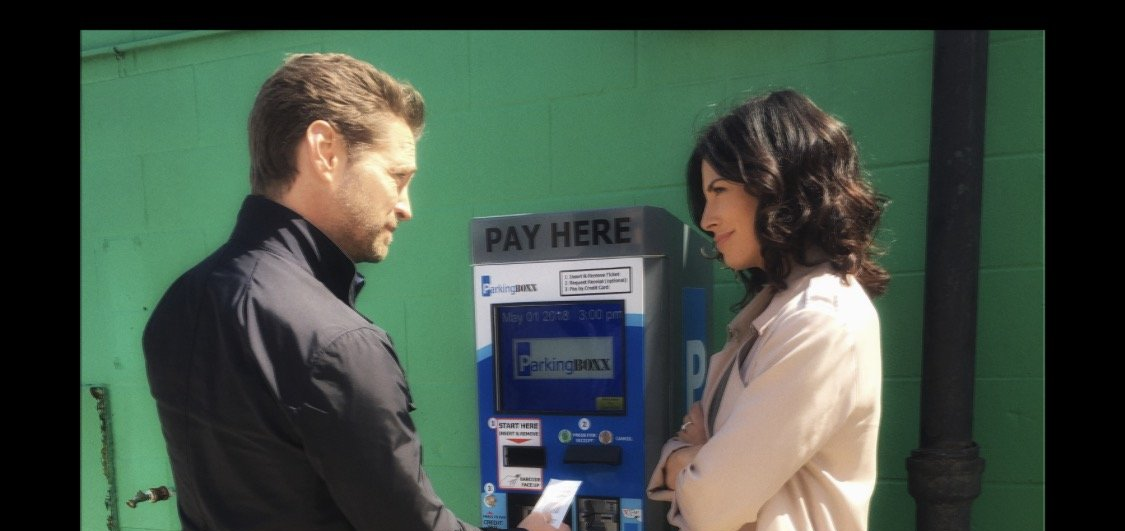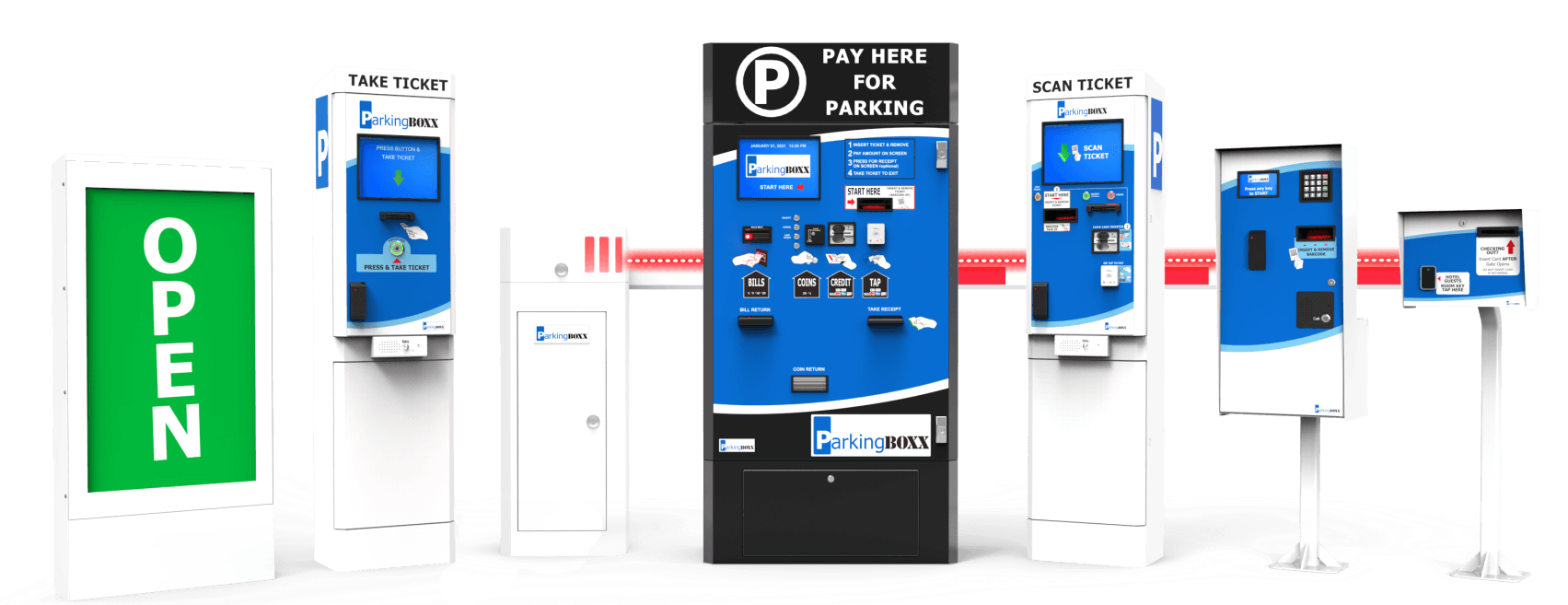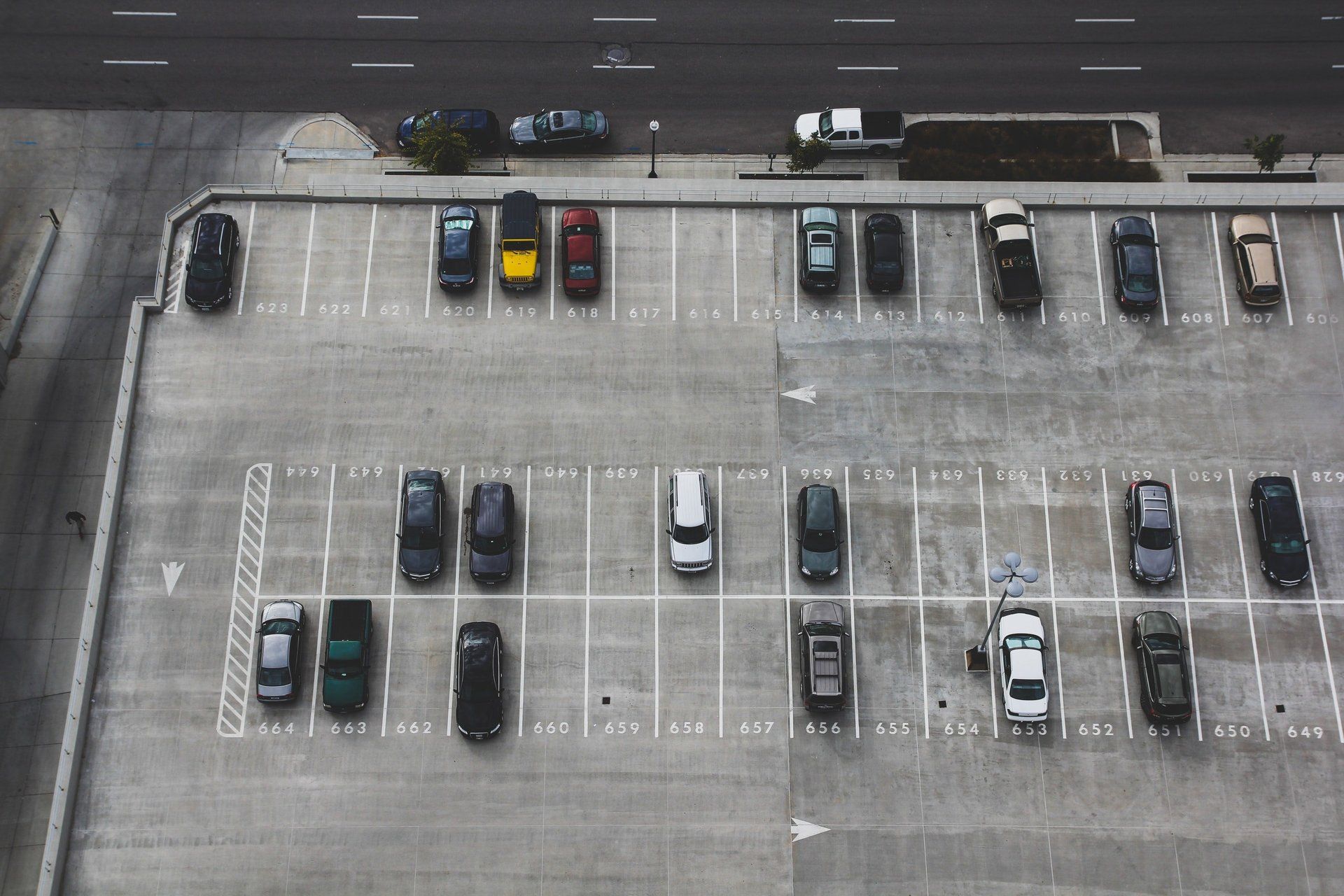5 Questions You'll Have When Purchasing Parking Pay Stations
Important Considerations for Parking Pay StationsImportant Considerations for Parking Pay Stations
The right parking pay station gives you the foundation to collect and optimize revenue from your parking area. When it comes to purchasing decisions, it's important to determine which type of parking pay stations are right for your situation.
Here are five important questions to consider when determine what type of parking system will be a good fit.
1. Gated or metered Parking Pay Stations?
One of the first questions about parking pay stations is if the parking lot or garage prefers a metered or a parking gate system. If you aren’t sure, the question of metered vs. gated systems typically comes down to short-term vs. long term costs, staffing availability, site layout as well as local zoning restrictions.
Upfront costs for gated systems are higher because they require more equipment (e.g. barrier gates and exit/entry machines) and the installation process is more complex. In terms of hardware, metered systems only require smart parking meters, which keeps equipment and installations costs low.
While payment enforcement is done mechanically through barrier gates in gated systems, enforcement is typically done manually in metered systems. To ensure Parkers aren't staying beyond their allotted time, enforcement officers must check individual cars, and write citations for non-compliant cars. Long term, this drives up labor costs, which cuts into revenue.
2. Varying rate or flat rate?
Flat rate systems are simpler than varying rate systems and require less equipment (i.e. less cost). While varying rate system require validation machines at both entry and exit points, flat rate systems only require validation machines at one point.
By charging Parkers according to the amount of time spent in the garage, varying rate systems motivate Parkers to economize their parking time. Flat rate systems don’t do this- a flat rate is charged regardless of parking time. As a result, flat rate systems are suitable for places with high turnover rates (e.g. movie theaters where Parkers naturally spend under two hours) or places with high demand for parking (e.g. downtown restaurant areas) where you can get away with charging a high flat fee.
3. Pay-on-foot or pay-in-lane?
This decision comes down to volume: how many cars will be entering your parking garage? If the answer is “many”, you should consider investing in walk-up payment machines. These machines reduce congestion at exit lanes by getting Parkers to pay on foot before returning to their cars.
There is also the aspect of lot size to consider. Some parking garages may be too small to accommodate POF machines in addition to entry and exit machines. In this case, pay in lane machines –where customers pay at the exit lane before leaving the facility- are a great space-saving solution.
4. Full or partial automation?
Customers are comforted by seeing attendees at parking garages- there is no way around it. In terms of customer service, having attendees ready to help will always be best. However, owners with semi-automated systems- those in which Parkers pay a cashier- must account for the costs of labor, human error, and at worst, theft.
5. Revenue Generation or access control?
Revenue generation is usually the motivating factor behind parking parking pay station purchases. However, for garage or parking lot owners who don’t wish to generate revenue on-site, there are options that may be with or without access control. With an access control system, pre-authorized Parkers access the parking facility by validating their credential (e.g. RFID card, windshield sticker or pre-printed barcode) at an access control pedestal. When an authorized credential is presented, the barrier gates open, thus preventing access for unauthorized guests. Parking lots and garages accommodating long-term Parkers such as monthly cardholders, tenants, or employees are suited for this type of system.
Parking lot owners that wish to cater to long-term Parkers and revenue-generating transient Parkers may easily accommodate both situations. Access control readers that validate credentials (e.g access control reader) can be attached to entry/exit machines, and access pedestals can be used in conjunction with full gated systems.
A well-designed fully automated system, on the other hand, can provide a user-friendly experience without incurring these long-term costs.














